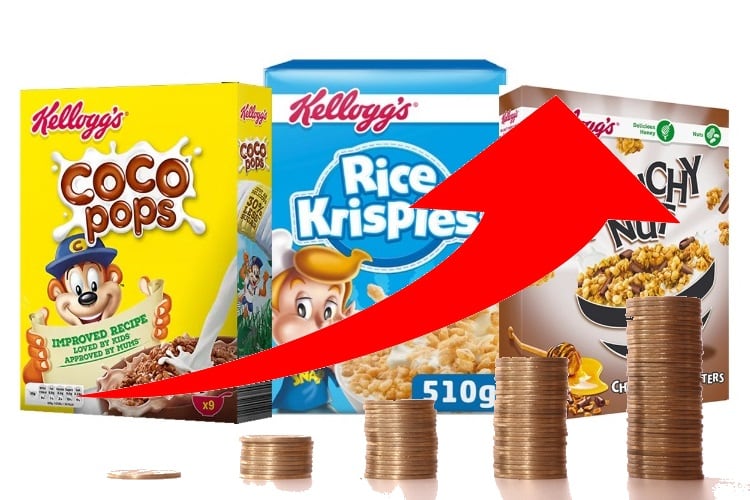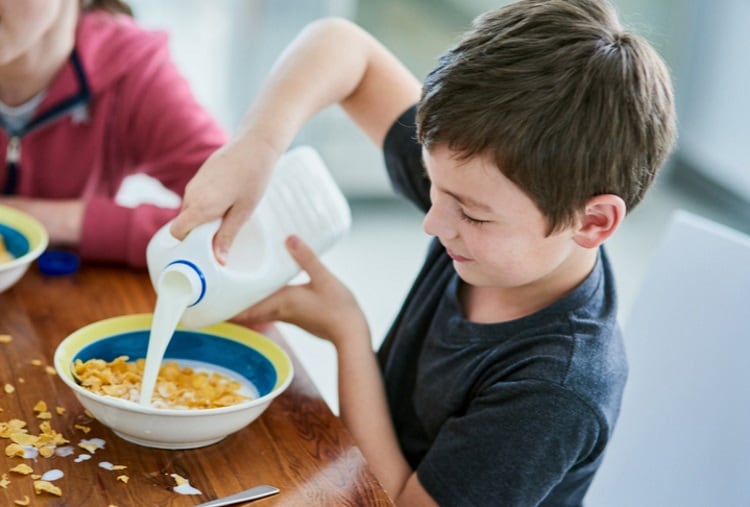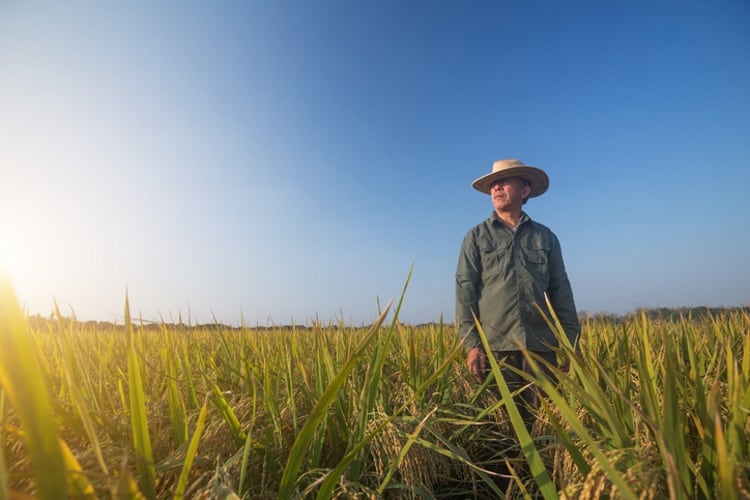Despite the cavalcade of challenges, Kellogg Company posted a 15% gain in first-quarter earnings.
In a call with analysts, Cahillane said Kellogg’s price hike is to be expected, especially given the level of price increases by the packaged food industry to cushion the hit to their profit margins. The Consumer Price Index reported a 10% rise in food-at-home prices in March from a year earlier. Meanwhile, overall inflation has surged to a four-decade high of 8.5%.
Cahillane said price sensitivity was starting to show in cereals and frozen meals, while snacks, like Pringles, are more resilient.
“Ultimately, in an environment like this, which clearly we haven’t seen in 40 years, we aren’t going to be able to just not pass prices through to consumers,” said Cahillane.
“Productivity just simply can’t cover this type of inflation.”
For the period ended 2 April 2022, Kellogg reported a profit of $424m or $1.23 a share, versus $371m or $1.07 a share a year earlier, thanks to steady sales growth for its snack brands.
Sales rose 2.4% to $3.67bn, above analyst estimates of $3.59bn.
Adjusted EPS of $1.10 beat estimates of $0.93.
Rebuilding the business
Kellogg warned the impact of the worker strike and a plant fire last year will be felt for at least the first half of the year. These saw the company’s US cereal sales fall 10% in the first quarter from a year earlier, while Kellogg’s topline brands also lost market share and shelf space.
However, Cahillane said the business is rebuilding faster than it initially anticipated and is expecting to be back to where it was before these disruptions.
“We aren’t at all complacent, and we aren’t underestimating the challenge of rebuilding our business,” said Cahillane.
“We’ve been very transparent about our supply challenges around cereal. They know we are doing everything we possibly can.”
Cahillane is expecting demand for some cereals to slow as runaway inflation bites into spending power.
“We haven't seen evidence yet of that but as we look forward – just because inflation is so intense and because the benefits of stimulus money is so significant – our forecast is it (will) have pressure.”
To soften the blow, Kellogg is planning a major marketing push to emphasise the affordability of a bowl of cereal and milk as a meal.
“It's convenient and it's very affordable when you think about the number of bowls [in a box],” said Cahillane.
New challenges
Russia's invasion of Ukraine is expected to hurt supplies in the second half of the year.
“The situation in Ukraine only accelerated cost inflation and exacerbated the global economy's bottlenecks and shortages. It also prompted us to suspend all shipments and investments into Russia and to identify new sources for certain ingredients.”
The lack of sunflower oil from Ukraine has forced Kellogg to turn to palm oil from Indonesia … but here too, lies a challenge. So far, Kellogg has not been affected by the Indonesian export ban of palm oil, but only time will tell.
Despite this “extremely challenging operating environment”, the Michigan-based company expects comparable sales to rise 4% this year, up from a prior view of 3%.
Kellogg shares rose 4% after it beat first-quarter profit estimates.




